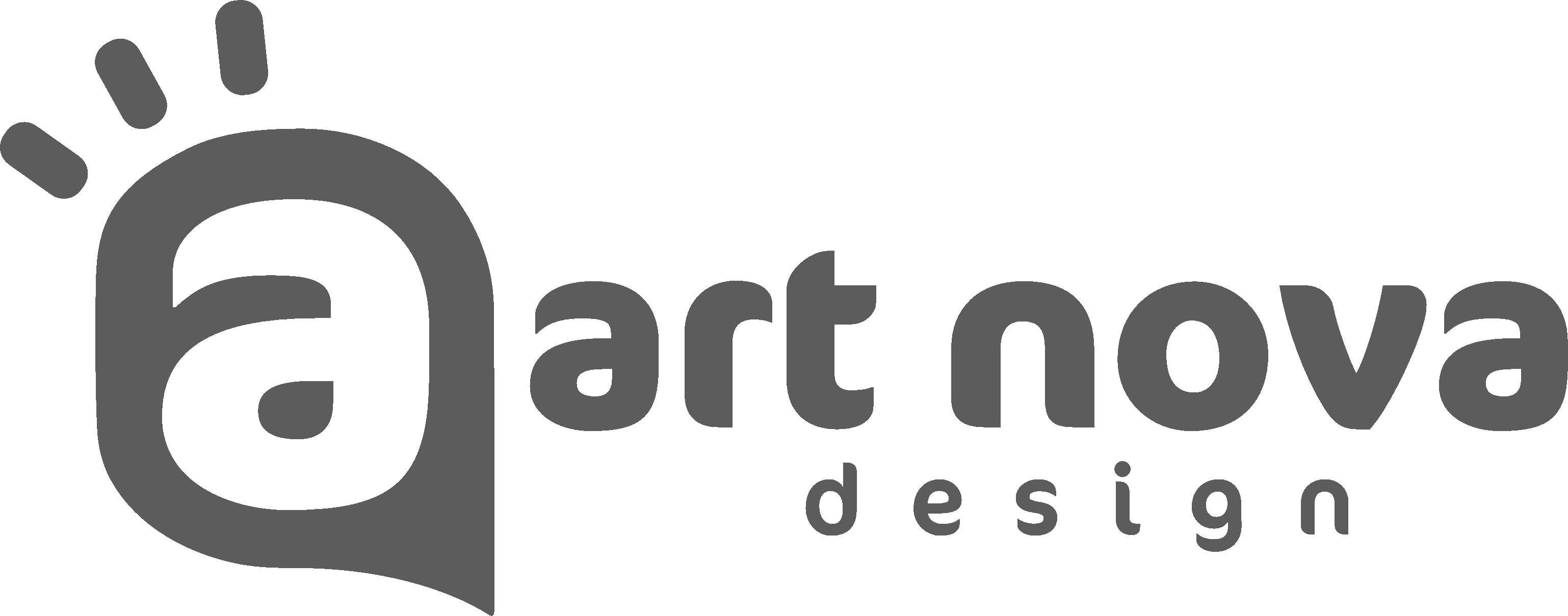3 3 Process Costing Weighted Average Managerial Accounting
Process costing is useful for manufacturers that need to control costs effectively. By using process costing, manufacturers can identify the cost drivers and take steps to reduce costs and increase profitability. Process costing is particularly useful for large-scale production, where the cost of production per unit is critical.
This analysis helps determine each product’s cost, including raw materials, labor, and overhead costs. The weighted average method involves calculating the cost of production based on the average cost of materials and labor used in each production stage. This method is useful for manufacturers who produce identical or similar products in large quantities, as it allows them to allocate the total cost of production to each unit of output based on the average cost. Job order costing tracks prime costs to assign direct material and direct labor to individual products (jobs). Process costing also tracks prime costs to assign direct material and direct labor to each production department (batch).
In these industries, the production process is continuous and standardized, making it difficult to determine the exact cost of producing each product unit. why is accounting important enables manufacturers to allocate costs across production to determine the cost per output unit. Process costing is a method used in manufacturing industries to determine the production cost for each product unit.
Process costing is used most often when manufacturing a product in batches. Each department or production process or batch process tracks its direct material and direct labor costs as well as the number of units in production. The actual cost to produce each unit through a process costing system varies, but the average result is an adequate determination of the cost for each manufactured unit. In accounting, process costing is a method of assigning production costs to units of output. In process costing systems, production costs are not traced to individual units of output. Then assign the costs to units of output as they move through the departments.
Importance of Process Costing Systems
Overall, when it is difficult or not economically feasible to track the costs of a product individually, process costing is typically the best cost system to use. Also known as indirect expenses or factory costs, manufacturing overhead includes all the production costs that cannot be directly assigned to a specific product or process. It consists of various expenses necessary for the production process, such as rent, utilities, equipment, indirect labor, maintenance, and other overhead costs. Factory costs are allocated to products using predetermined overhead rates based on factors like machine hours, direct labor hours, or material costs. The next step is to calculate cost per unit for both direct materials and conversion costs for each stage of the process.
Chipmaker CEOs head to Washington to fight restrictions on selling to China—and protect their bottom lines – Fortune
Chipmaker CEOs head to Washington to fight restrictions on selling to China—and protect their bottom lines.
Posted: Sat, 15 Jul 2023 07:00:00 GMT [source]
In this example, two groups—administrative and manufacturing—report directly to the chief financial officer (CFO). The organizational chart also shows the departments that report to the production department, illustrating the production arrangement. The material storage unit stores the types of wood used (hickory, maple, and birch), the tips (nylon and felt), and packaging materials.
In addition, job costing is suitable for small businesses, while process costing is ideal for larger companies. The next step is to convert in-process inventory in the opening balance to equivalent units. For example, if we had 100 items in-process at 60% completion, we consider these equal to 60 entirely produced units. Process Costing helps companies make critical decisions based on accurate information. It allows companies to track product cost performance by production location or department—information that can be used to help determine which products are most profitable. You cannot calculate the total output of the period by just taking the sum of completed units and work in process (ending inventory) because units in the work-in-process inventory are not 100% complete.
Process Costing: What It Is & Why It’s Important
Process costing enables companies to estimate item costs by adding up the expenses of each step in the manufacturing process, then dividing by the number of items. To ensure accuracy, companies need to include only product-related costs from each department involved in the process and correctly allocate cost to work-in-progress at each stage. At many companies, a different department handles each stage in the production process. Each department prepares a report that details its direct materials, direct labor and manufacturing overhead costs. Unlike materials, more labor and overhead will be needed before these units are transferred to another function or to finished goods.

Whenever a sale occurs, we transfer the cost of finished products to our Cost of Goods Sold account. It’s the opposite of job costing, which aims at calculating individual cost per product. The Process Costing method requires no specific journal entries, which means we generally don’t need to adjust our chart of accounts when we implement it within our production operations. Therefore, we can easily switch from job costing to process costing or work with a hybrid system between the two.
elements of process costing
And it can help you more expertly, easily and accurately perform process costing. Once the physical units have been identified and the equivalent units calculated, the per unit cost is calculated and the cost summary is prepared for each function. In a process company, factory overhead represents those costs not directly assigned to one function. The journal entries that follow illustrate the accounting for general overhead costs. However, several work-in-process inventory accounts are typically used in a process costing system to track the flow of product costs through each production department.

Each step is an important part of the process and helps to ensure that an accurate cost per unit of output is calculated. By using process costing, XYZ Ltd can accurately determine the cost of production per unit for Widget A. The company can use this information to make pricing decisions, manage inventory, and assess profitability. The process costing method can be applied to various manufacturing scenarios to help companies make informed business decisions. This involves determining how much money was spent on everything in the production process, from raw materials to finished goods. This includes direct costs, such as the cost of raw materials and labor, and indirect costs, such as overhead expenses. Process costing assigns expenses to different departments in your business, and it accounts for various cost areas including materials and payroll.
How Can Technology Be Used to Improve Process Costing in Manufacturing?
For large manufacturing operations, the right choice is usually Process Costing. Finally, process costing systems often rely on estimates and assumptions, rather than actual data. This can lead to inaccuracies in the cost information and may not provide an accurate picture of the true cost of a product. While both systems produce a cost of goods sold for a given period, Process Costing focuses on the product’s progression through various stages of production. Job-order costing focuses on a specific product or service produced for a given customer.
- Job costing systems record revenues and costs for unique units of product that can be easily distinguished from other units of the product.
- To assess the total cost of a production process by analyzing and classifying the cost elements as explained in Cost Accounting discipline.
- Costing is an essential aspect of operations for companies that want to understand how their production absorbs costs.
- When a company has units that are started and completed during a period and has an ending inventory of units in process, most often the weighted average method is used to calculate equivalent units.
- With job costing, you can accurately predict, record, and control the cost of each Job.
- The system a company uses depends on the nature of the product the company manufactures.
Using the weighted average method, equivalent units for Department 1 for January are 2,640 [(2,000 × 100%) + (800 × 80%)]. The beginning units and those started and completed are not separately identified in the calculation of equivalent units. Direct materials are materials that are consumed during the manufacture of a product. To determine the cost per unit under process costing, each expense must first be assigned to a process then categorized as a direct materials cost or conversion cost. Once these steps have been completed, the expenses can be divided by total units produced to obtain the cost per unit.
Costing Multiple Products
As opposed to job costing, where costs are assigned to unique jobs, process costing assigns costs to individual processes. Many manufacturers who produce a large quantity of the same product use process costing. Since there are eight slices per pizza, the leftover pizza would be considered two full equivalent units of pizzas. The equivalent unit is determined separately for direct materials and for conversion costs as part of the computation of the per-unit cost for both material and conversion costs. It is important to note that process costing assumes that all units within a department are identical or very similar in terms of cost.
There will be three debits to Work in Process for each department – one for direct materials, one for direct labor, and one for factory overhead. The per unit costs are based on the equivalent units completed and the total costs incurred on those units. Under the FIFO method (see Figure ), costs are tracked based on specific units. Per unit costs are current period unit costs and calculated based on equivalent units completed and costs incurred for the current period. For the units in the beginning inventory, once the current period costs are calculated, they are added to the costs incurred in prior periods to determine the total costs for these units. In process costing, costs are assigned to products at different stages of production.
New approach to fuel cell manufacturing could reduce cost, increase … – psu.edu
New approach to fuel cell manufacturing could reduce cost, increase ….
Posted: Tue, 25 Jul 2023 17:05:37 GMT [source]
He is an enthusiast of teaching and making accounting & research tutorials for his readers. Additional materials are the second round or third round or the nth round type of materials that are added to an already existing material (initial material). Deltek is the leading global provider of software and solutions for project-based businesses.
Case two, involves off-setting of the scrap value of the abnormal loss units against the Scrap-Debtor Account to reduce the scrap income. Cost per unit in every stage or process entails summation of the total cost for that particular process level and divided with the total production. The point here is that, the two products produced at the end are both main products as far as the aforementioned economic aspect is concerned.
- The final product at the last processing stage translates to goods being taken to stores.
- As such, each department adds its own direct materials, direct labor, and factory overhead costs.
- The journal entries that follow illustrate the accounting for general overhead costs.
- The sum of all work-in-process inventory accounts represents total work in process for the company.
- This follows the expense recognition principle because the cost of the product is expensed when revenue from the sale is recognized.
However, a simpler method like the standard cost method may suffice if the production volume is low. The complexity of the manufacturing process can play a significant role in selecting a process costing method. For example, if the process involves multiple stages and different types of materials, a more precise and sophisticated method, such as the weighted average method, may be more appropriate. These costs (both direct and indirect) include the cost of the WIP inventory at the beginning of the period and the period’s costs. We apply these over the inventory produced in the period and the equivalent units of the WIP at the end of the period.
Only by gaining a solid understanding of the company’s cost structure can we start to control and optimize it. Second, you need to think about the level of detail you need in your costing information. Some businesses only require basic cost information, while others need detailed data on individual costs components. The finished material of one process constitutes the raw material of the next. Therefore, as the finished material is transferred to the next process, the cost of each process is also transferred, until it ends in the finished stock account.

There are no comments